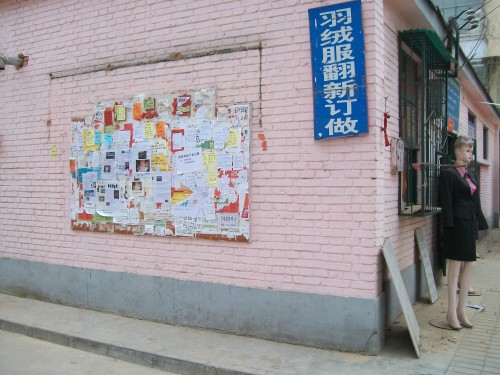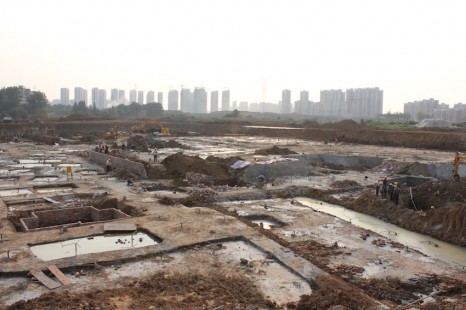
I have to be honest, leaving Beijing and entering another climate, one with bees, dramatic cloud formations carried on cool breezes, and sunsets, it rather briskly plunges into an abstract idea. Of course, it doesn’t help that the transitions are managed within the privations of air travel and its dreamy borders. Something of the vague shadow of recall remains even after landing elsewhere (and even after returning, in this case to Beijing). We hear back from our friends and collaborators, in those bursts of attention, when they are not engulfed in the gentle rustling of the sprawling pumpkin vine, a lost bank card, jobs, and all immediate and present things, and isn’t it amazing how clothes and cups air-dry? But somehow those things that actually seem to make an idea or sentiment make sense—the lick of moisture, the depth of layers of sounds, synesthesia—fail to reach us. I have for a long time harboured a feeling that appeals to presence magicalize ordinary things, placing sense beyond explanation and language, glossing over and rendering inaccessible the potential, tacit domination of charisma, taste, identity. I wouldn’t be the first to muse on the values of absence, chance and indifference as contributing to a democratic aesthetic (which some might place in a properly Modernist and therefore outmoded tradition). But I have to acknowledge never having been able to fully account for why things fizzle at a distance.
I gave a talk while I was away, in an art centre in Montréal. I tried to present my experiences so far living in China, including projects and jobs I had done, the work of friends, and a general description of what living in Beijing and practicing art here is like. This was a format I had never tried in an artist-talk. My throat became dry because I talked so much, I worried I appeared like some kind of Lonely Planet ambassador, and feared my monotone delivery was driving some people’s eyelids to flutter druggedly. Those may be my paranoid projections on a listenership (and the feedback was positive, seemingly), but there were other creeping feelings behind the performance anxiety. The question a friend had asked a few days prior hovered somewhere in my descriptions, why do you live there? (Well, I ended up there rather *indifferently*…) I remarked on the visceral qualities of the urban makeup that make life exciting and challenging, and the state-in-formation that characterizes the place and people, which I announced might lead any of us to question the unfinished nature of our respective origins and positions. The motivations straddle all divisions, but in the context, I was referring to art. I went on: If there is no existing measure for how to gauge my success, neither based on the intensity of inclusion in the local art world, nor on my entrepreneurial exploits, nor rate of publication, nor institutional power, freedom, stability of life… then the ensuing parallel could surely be drawn that those in Canada who I was addressing, or my peers in Germany, the USA or anywhere, certainly had no such measures either. If success had been globalized, so had irrelevance, so had decadence.
Perhaps I’d better mention other examples before this turns into an analysis session about my particular case of ressentiment (and it’s a thin line whenever a self-reflexive voice is assumed). Meeting with some friends in my hometown Halifax about a project involving portable galleries, I sat back and watched a fascinating discussion unfold among the locals (I no longer the local) on the limits of the Canadian artist-run centre system. It seemed from other such conversations in different towns that this is something of a national hang-up, as particular players position themselves toward international networks and markets, and others solidify institutionalization, and most of them struggle.
We could argue the responsible use of a commercial system and the apparent independence it brings (not only in China) trumps the legalistic-bureaucratic state funding systems, which in any case support and are supported by the galleries; just as we could argue the cleverest position to be in is that of the court eunuch. For a little while this fancy played in my head when visiting old friends from Europe or Canada, as their practices circulated them around the whitish public art spaces, drinking good liquors, getting high marks on risk assessment from facilities management; as all the young poke around the daydream, what’s the best city in which to live? The given provides a host of calculated answers—including perhaps the narrative I seem to be advancing (here and in my Montréal talk—for the sake of the audience, of course): because I am nowhere I am everywhere, I am a representative.
But it is not a matter of a facile choice, and the stinging truth is that it’s not such an interesting debate, still assuming the tone of a report back, to one side or another. So what is interesting? What is particular, beyond our obsessions with conventions, power and our whatever singularity?
These questions connect back to one of those that lingered for me after our Continental Drift, that of practice (conveniently, practice entitles a moody and self-absorbed preamble, or it is sterile, doctorific.) In discussions on the approach for people who were not on it, it was stated that the experiment—or experience, as some emphasized—of Continental Drift would be shared and made public through subsequent works, texts and water-cooler anecdotes, the affects that feed into practice. We all gently contemplated what forms, what connections the latent and the stated alike would develop over time; would there be a future?
But a drift is not only a means to gathering materials for our practices, otherwise it would be a research trip, properly speaking; in its carrying out, it is meant as a practice in itself, one by which we expose our moods and personal dramas to various stimuli (reality) and to each other’s common experience. There are no objectively safe ways to go about it, echoing the ethical dilemmas of art mentioned above: one cannot prove one is not a conventional tourist, but neither should that stop one from going. As a group coming from different backgrounds, with different interests at stake, our interactions ranged from particular to common, from encountering each other, to discussing the massive changes apparent in China, which we are all somehow part of. Regarding this latter issue, given the topical relevance of globalization, even though I live here, I might have expected to take in visions of the forces of manufacture and development that drive global trade. Maybe they did in a way, but not how I anticipated; in Beijing, for instance, we observed the organization of space not according to the establishment of heavy industry, but according to priorities of culturalization: a model for the management of society, as Brian put it to me on our first day of meandering. This could be seen around Wuhan’s East Lake as well, as a natural resource was transformed into a capital-intensive development without passing through a significantly industrialized prior state; the post-industrial imaginary also permeated descriptions of the agrarian-becoming-peach-themed fantasyland in Lijiang. Maybe these correspondences aren’t surprising, as shifts in Chinese culture are feverishly tracked by foreign and domestic marketeers, and this is the face that asks to be seen anyhow. We did catch glimpses of the underside of this narrative, the chaotic, organic and banal, the preferential and the securitized, and the devastated. As empirically subjective as these firsthand experiences are, they are not the motifs that stick with me the most, that would come back most directly to ideas on practice, though the “method” itself is empowering, and must be repeated and improved upon. Rather, the most striking momentum on our Continental Drift was that of recognizing peers, whether they are in Hubei, Yunnan, New York, the Midwest, Beijing, or wherever. The point here was not in finally being acknowledged or something tragic like that, but simply in seeing that others have similar concerns and are there, doing it their way, whether or not the whole enterprise entails a sense of failure, a possibility we floated in our final meetings. Late one night, Claire Pentecost invoked the term “networks of validation,” which in my mind rescues the idea of the network from the hegemonic necessity that compels us all, all of the time. This doesn’t mean an alternative network that we can navigate for success; nor is it even a network for really breaking the distance between us, like a guarantee of a holier, democratic variation of presence. The world will hardly allow that, at least in this way. It is more useful as an ethical construction by which our practice sees itself, sees its potential expansion, as a constellation of knowledge, faculties and passions; sees its faults, its different faces, and that doesn’t romanticize its incongruity with its context or its powerlessness; and by which, perhaps, the idea of a common project is resuscitated. My own investments in such a construction are in figuring out how the paragraph above, on the vicissitudes of art practice at home and abroad, can be turned into something more interesting, as promised; which means not simply reflecting the inside/outside nature of an art world whose ambivalence won’t wash away; which means producing meaning tangled up with a messy world, with the tools I know how to use; which means conferring gravity to abstract ideas and places; which means having a screwdriver thrown at me, told to hot-wire a car, to go on a road trip.
What would you do?
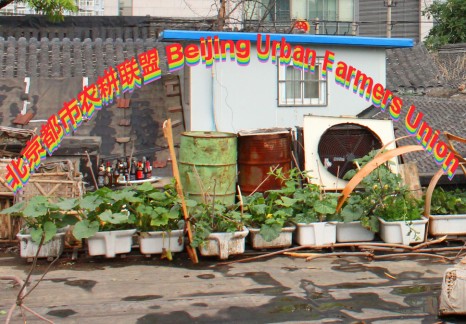

 时间 posted on: 6 August 2012 |
时间 posted on: 6 August 2012 |  发布者 author:
发布者 author: 
 分类 filed under:
分类 filed under: 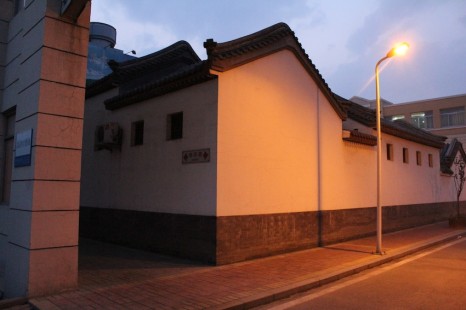
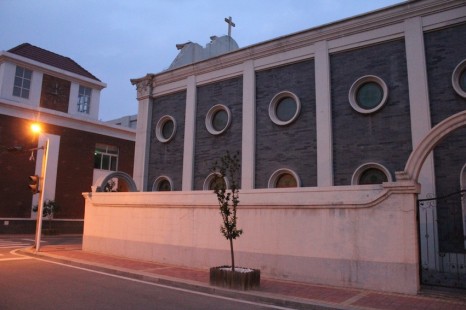
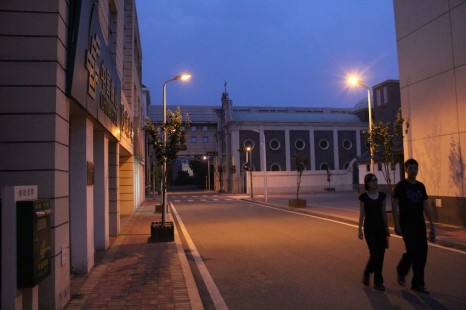
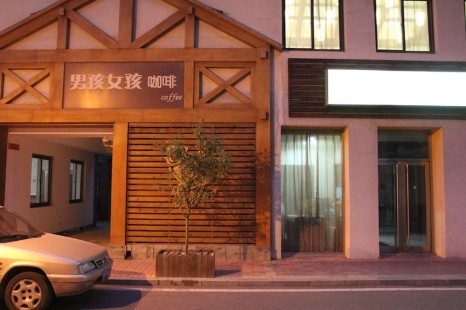
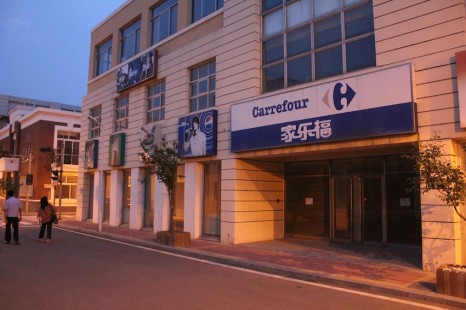
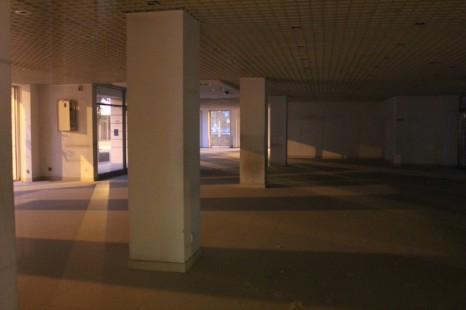
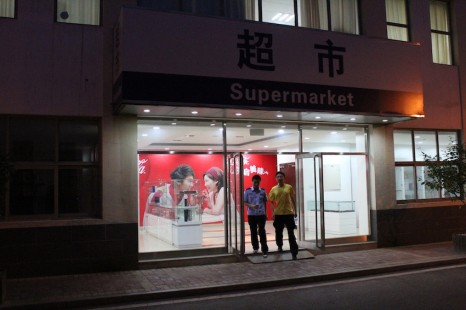
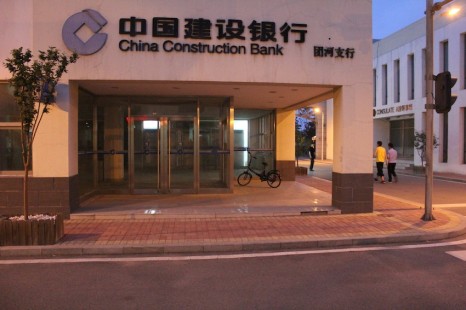
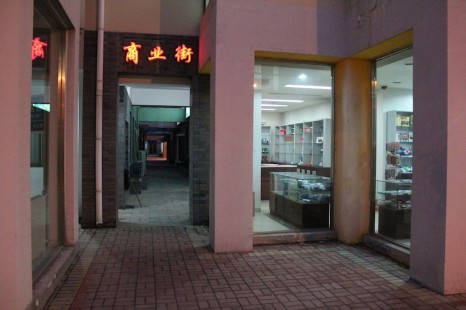
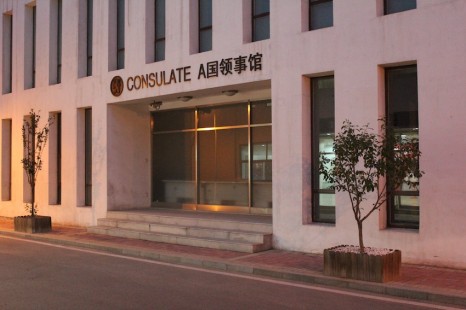
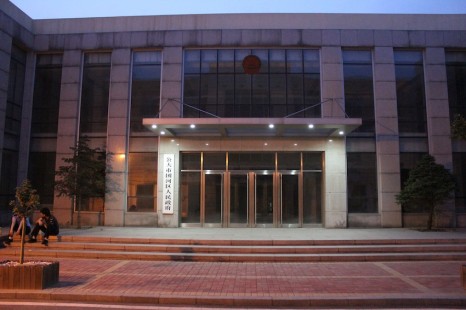
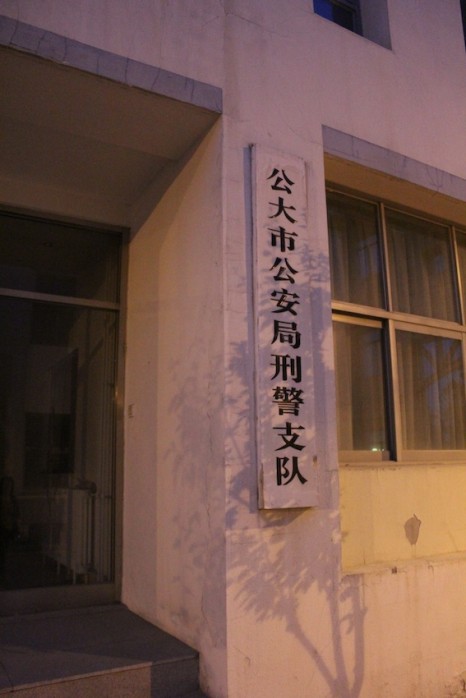
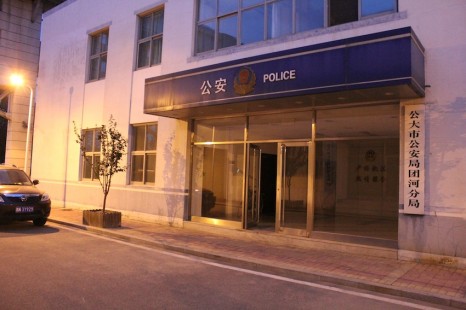
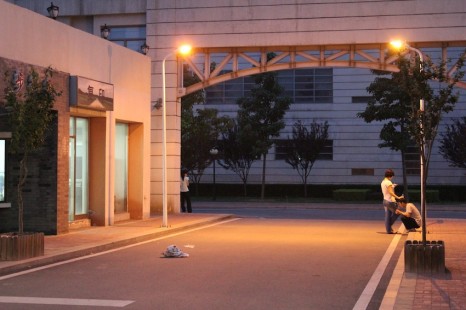
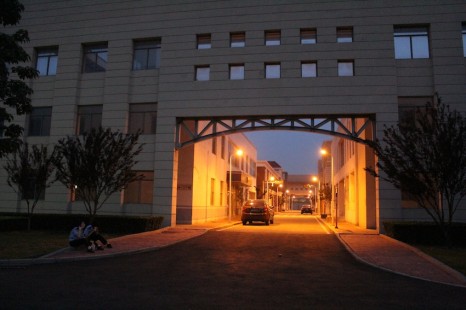
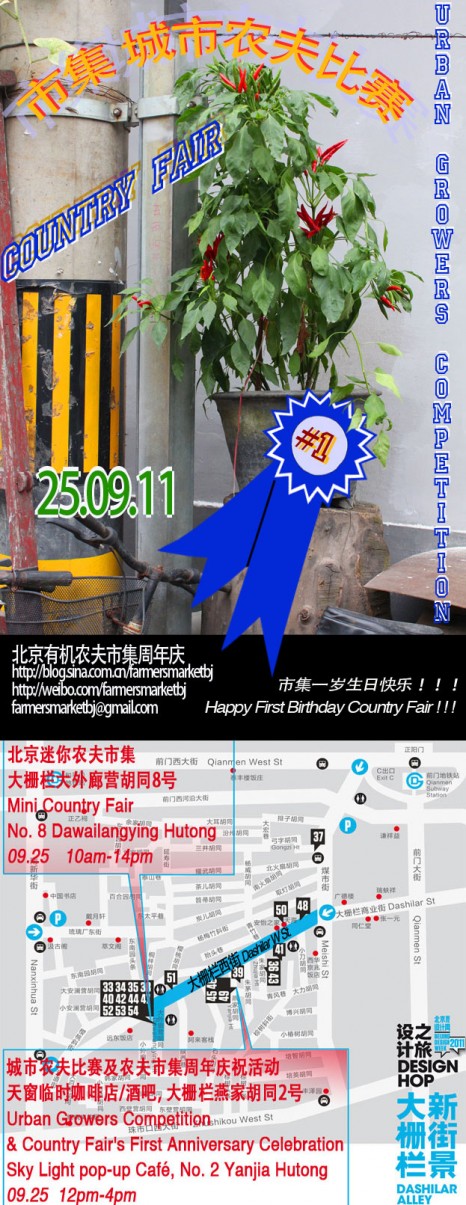
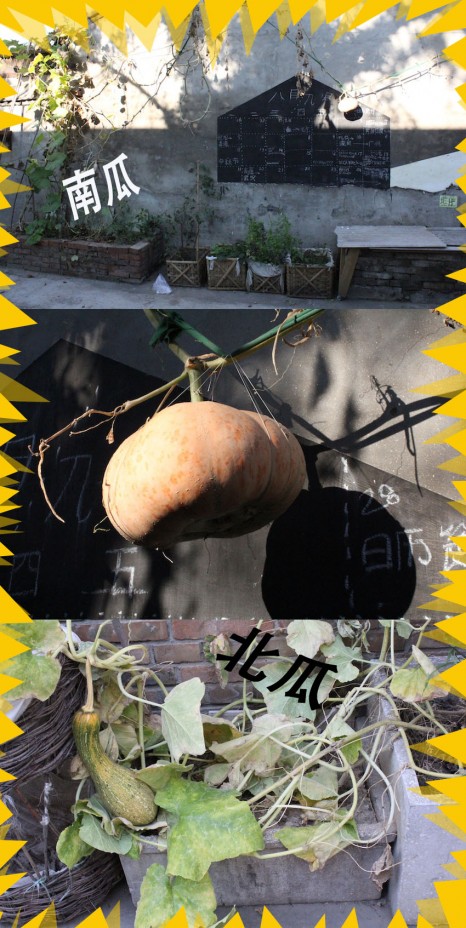
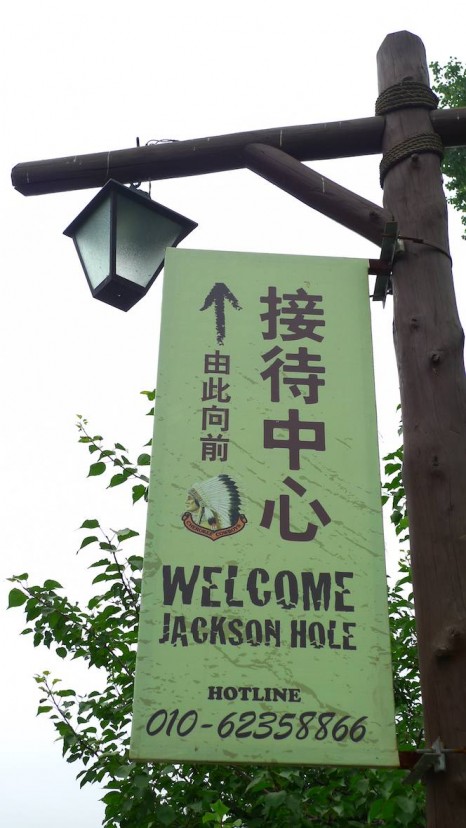
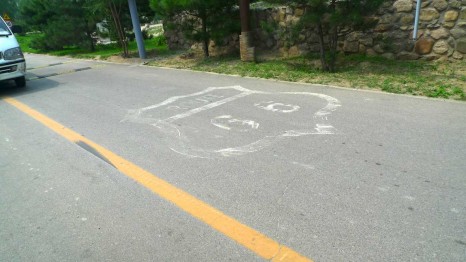
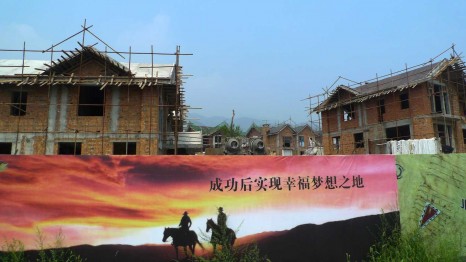
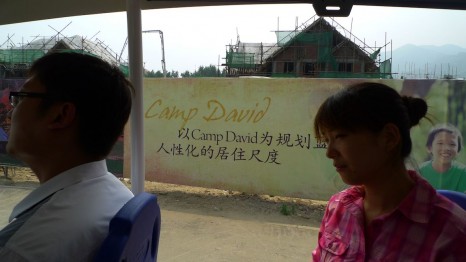
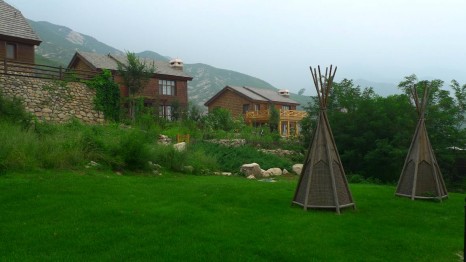
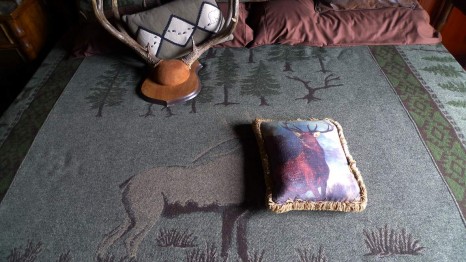
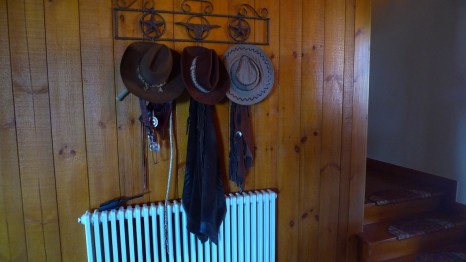
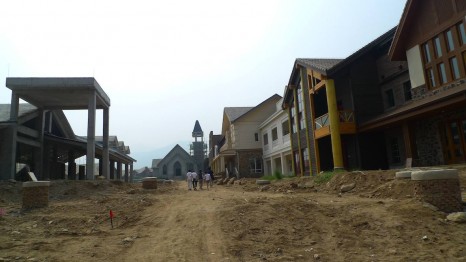
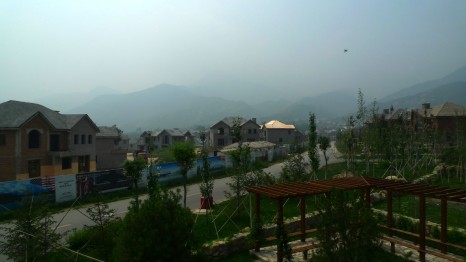
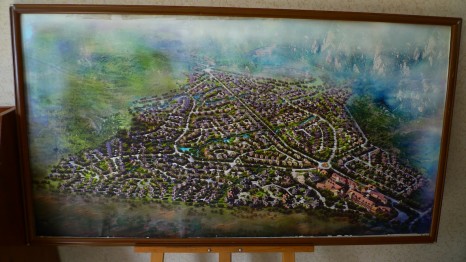
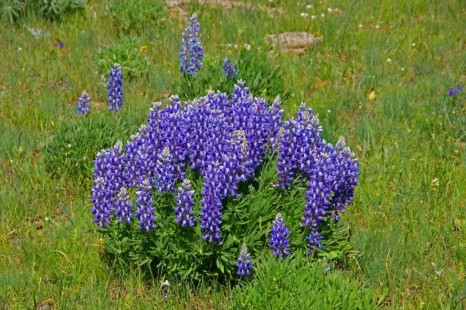
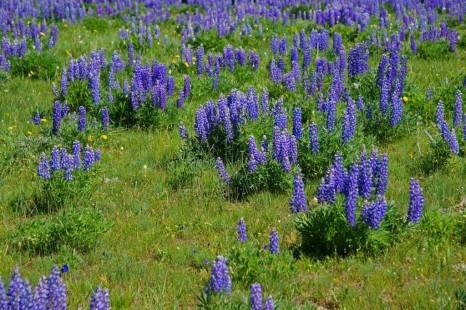

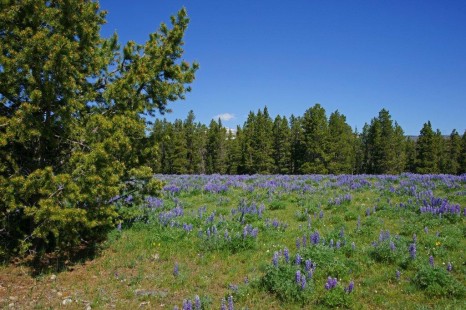
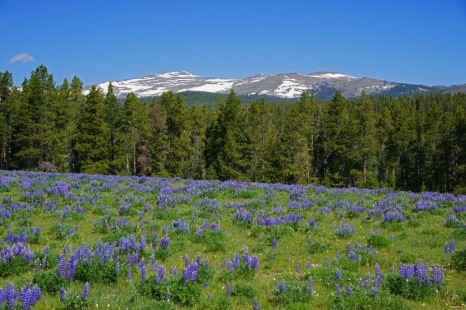
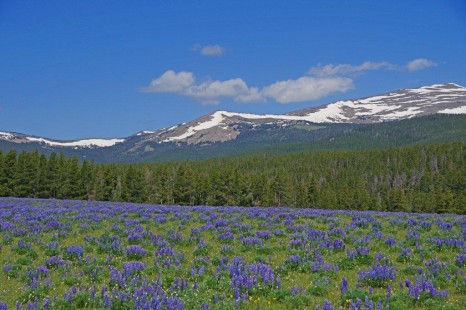

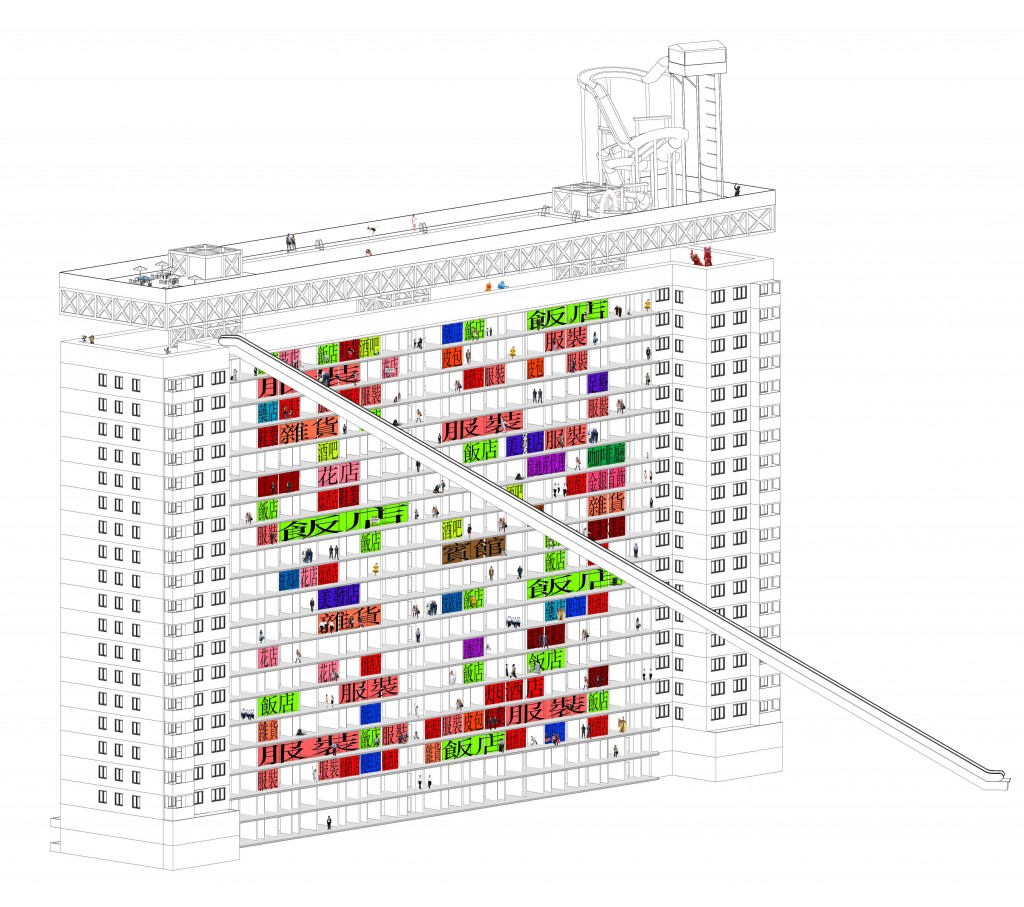
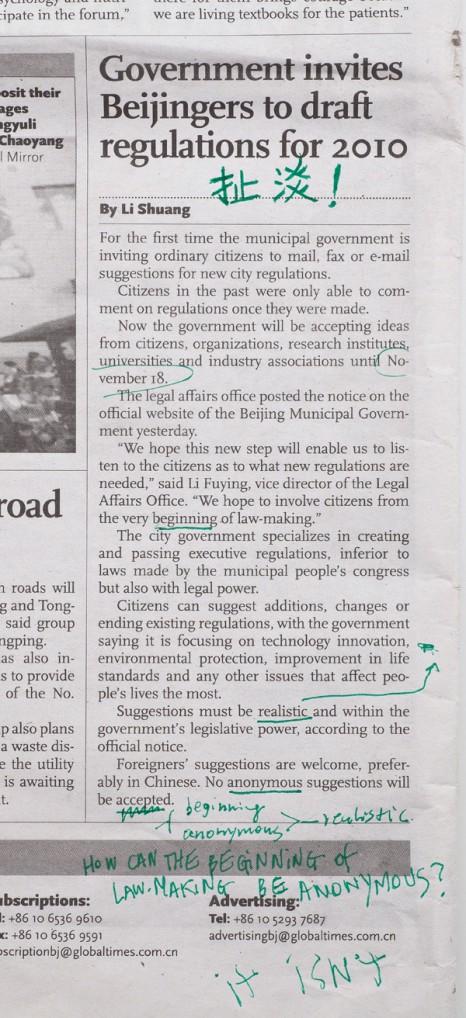
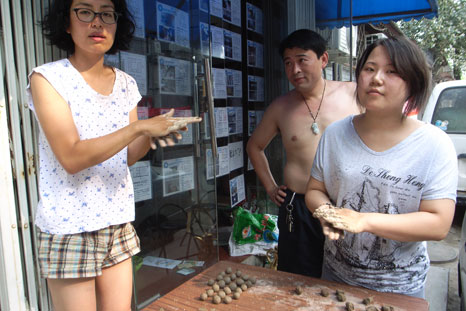 吴以楠(右边)和植村絵美(左边)在家作坊门口制作“
吴以楠(右边)和植村絵美(左边)在家作坊门口制作“